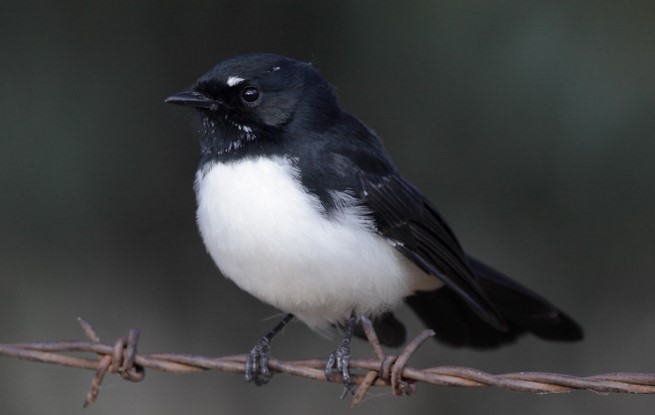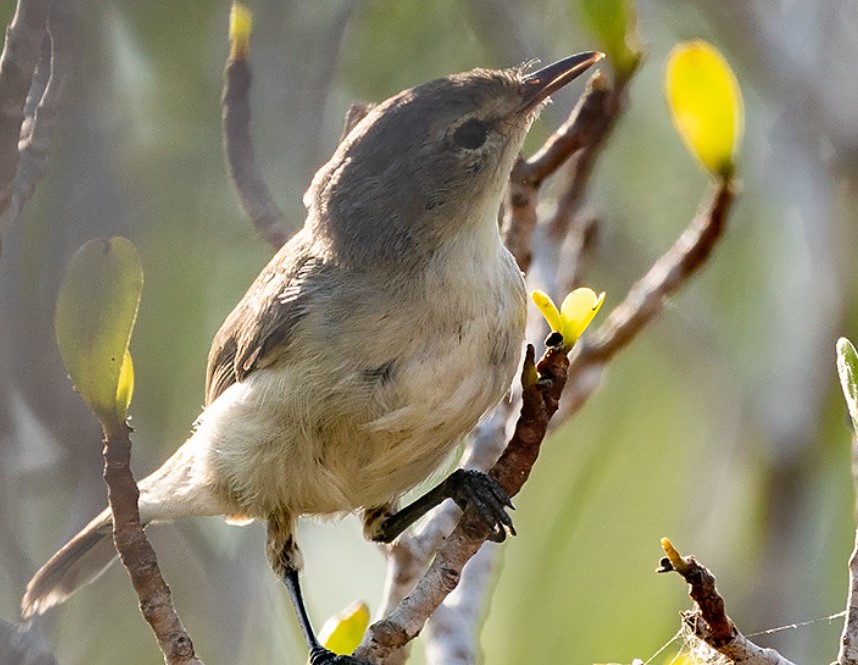Habitat: The Forest Raven (Corvus tasmanicus) is the only Corvidae member in Tasmania. The Forest Raven’s most characteristic feature is its short, deep baritone cawing, which resounds through the forest. It is the biggest raven and the only one in Tasmania.
On the mainland, there are small populations along the southeast coast and northern New South Wales, on the New England Tablelands, and on the adjacent coasts. Such scattered populations suggest that the species’ range was once much wider. It has been pushed back by changing habitats and more effective competition from other adaptable corvids.
The New England race, which has larger wings and tails than others, defends territories against Australian Ravens and Torresian Crows. It also defends territories against others of its own species. Adult birds of all three species live in their territories year-round, but they breed at slightly different times of the year, forage in different places, and have strikingly distinct calls. Only the Forest Raven, for example, feeds consistently below a closed tree canopy.
The Forest Raven is distinguished from the Australian and Little Ravens by its much shorter tail. Forest ravens live in nomadic flocks until they pair and settle in a territory covering 40 hectares or more. Walking is the preferred method of ground movement. However, hopping is acceptable when rushing, such as avoiding an oncoming car. As they fly to the perch, forest ravens will flick their wings on the upward wingbeat, and they may continue to do so after landing. Forest ravens have also caused damage to orchards and killed lambs and poultry, along with Australian ravens.
Diet: In Tasmania, it exploits all the opportunities available to a large omnivorous bird. It feeds on carrion, insects, and plant material in equal quantities, even foraging on beaches. It damages vegetable crops, seedlings, potatoes, and maize. Generally, forest ravens use trees to elude other scavengers by caching food items.
Size: The Forest Raven measures 520–540 mm long with a wingspan of 91–113 cm and weighs approximately 650 grams. There are considerable differences in size between males and females, but both have identical plumage.
Identification: Both sexes look alike. The plumage is black, with a green and purple gloss; the underparts are dusky grey. The throat hackles are short and indistinct. An inner ring of blue surrounds the white eye. The bill and feet are black. Little ravens have similar beaks, though they are more massive and heavyset. It has a long tarsus and a fully feathered tibia. The immature bird’s breast and belly feathers are sooty brown. However, the lower parts are pale gray. The eyes are brown.
Vocalizations: Forest Raven’s call is deep, short basso cawing, korr-korr-korr-korr; the last note is drawn out in a territorial advertisement; also, short, deep ‘conversational’ caws. Juveniles have higher pitch calls than adults. There is a specific return-home call, an extended descending call, and a characteristic flapping flight with reduced-amplitude wing beats that mate pairs exchange.
Nest and Breed: Nesting and breeding occur in August–November. An upright fork is placed in a tree in the nest of a large stick basket lined with bark and wool in a mat and placed high in the tree.
Eggs and Incubation: Forest Raven usually lays four eggs: pale green blotched and spotted with dark and olive-brown; oblong-oval, about 46 x 31 mm. Incubation by females
Distribution: Tasmania and islands in the Bass Strait; southeast coast between western Gippsland, Victoria, and southeastern South Australia; New England Tableland and adjacent coast between South West Rocks and Port Stephens, NSW. Ravens are sedentary, establishing permanent territories and bonding for life.
Other Name: Tasmanian raven
Races: There are two races.
Family: Corvidae
Genus: Corvus
Order: Passeriformes
Read More: Difference between Crows and Ravens: How to Tell Them Apart?







